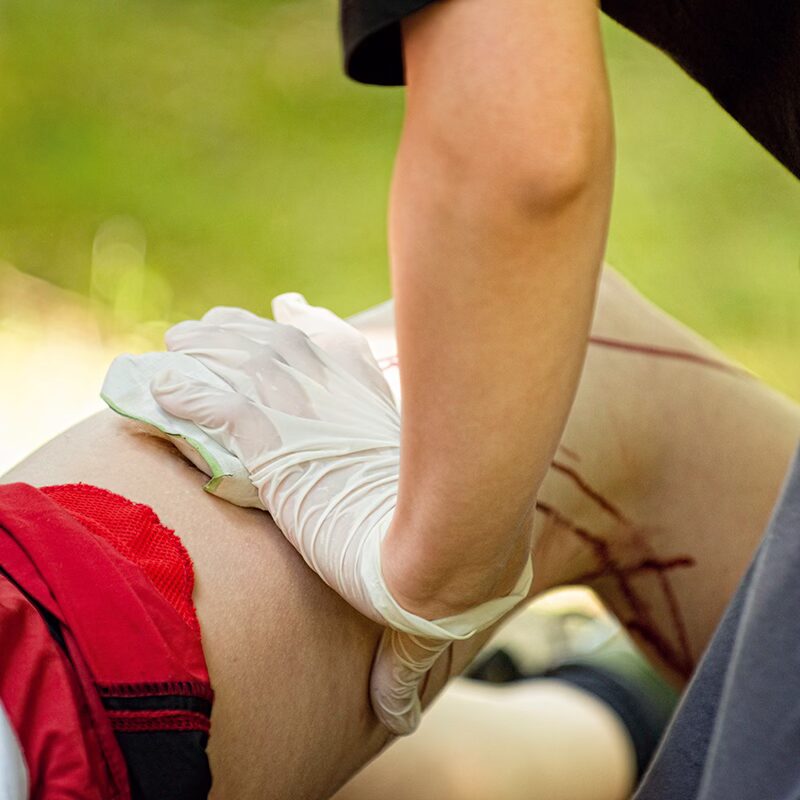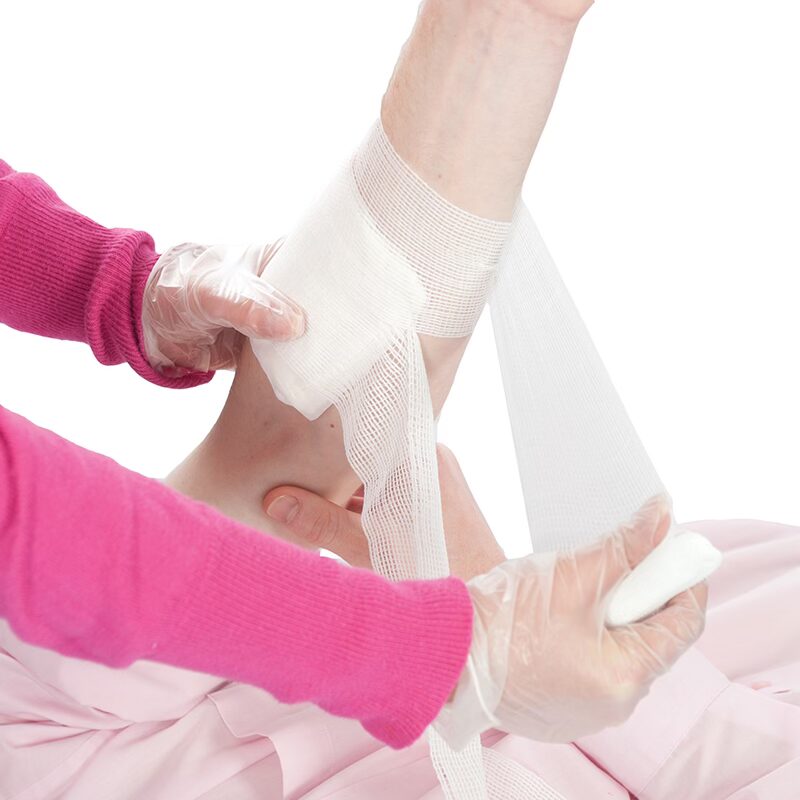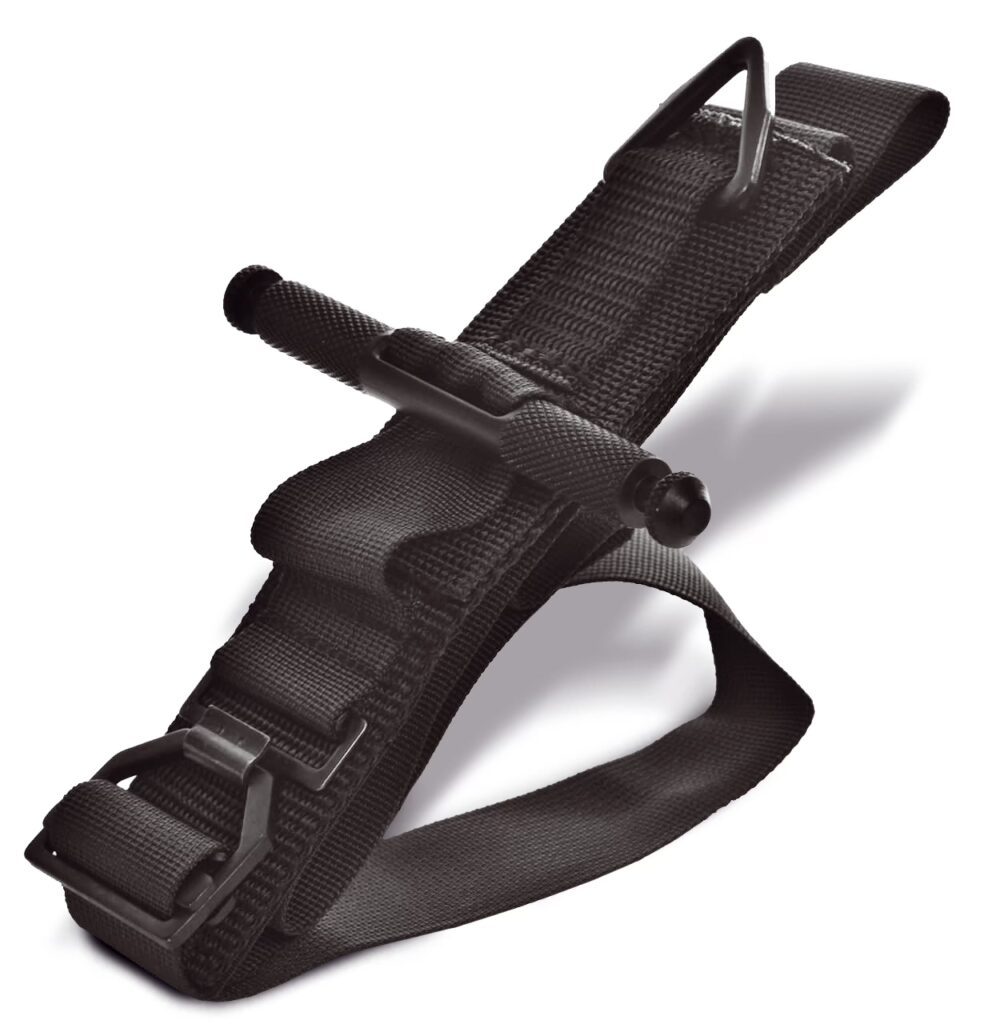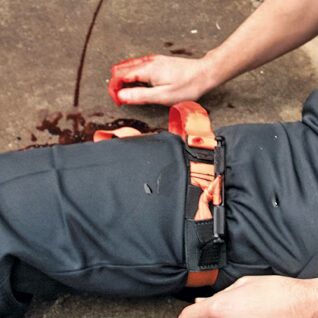Guidelines for Treatment of Life-Threatening (Catastrophic) Bleeding
Treating a life-threatening catastrophic bleed requires swift and decisive action. Here are the key guidelines to follow:
Ensure Safety
- Personal Safety: Ensure your own safety before helping. Wear gloves or use any barrier if available to minimise the risk of infection.
- Scene Safety: Make sure the area is safe from ongoing danger (e.g., traffic, weapons).
Call for Help
- Dial 999 (or 112) immediately and state it is a life-threatening bleed.
- Be clear and concise, providing the location and nature of the injury.
Control of Life-Threatening Bleeding
1. Direct Manual Pressure
- Apply direct manual pressure immediately to control severe, life-threatening bleeding.
- Use:
- A gloved hand.
- Gauze dressing.
- Any clean material if sterile supplies are unavailable.

2. Haemostatic Dressings
- When to use:
- For severe, life-threatening bleeding where direct pressure alone may not suffice.
- How to apply:
- Place the haemostatic dressing directly onto the wound.
- Apply firm manual pressure over the dressing.

3. Pressure Dressings
- Use only after bleeding has been controlled with direct manual pressure.
- A pressure dressing can help maintain haemostasis but should not replace direct pressure for uncontrolled bleeding.

Tourniquets for Life-Threatening Bleeding

1. When to Use a Tourniquet
- For life-threatening bleeding from a limb wound (e.g., arm, leg, or traumatic amputation) if a tourniquet is possible.

2. Applying a Manufactured Tourniquet
- Position:
- Place the tourniquet 5 – 7 cm above the wound.
- Ensure it is not over a joint.
- Tighten:
- Tighten until the bleeding slows and stops.
- Expect it to be painful for the casualty.
- Maintain:
- Keep the tourniquet tightened and in place.
- Do not release the tourniquet — only a healthcare professional should do so.
- Record the Time:
- Note the exact time the tourniquet was applied.
- Multiple Tourniquets:
- If required, use two tourniquets in parallel to control severe bleeding.
3. When a Manufactured Tourniquet is Unavailable
- Use direct manual pressure with:
- A gloved hand.
- A gauze dressing.
- A haemostatic dressing, if available.
4. Improvised Tourniquets
- When to use:
- Only if a manufactured tourniquet is not available.
- Direct manual pressure has failed to stop the bleeding.
- You are trained in its use.
- Improvised tourniquets should be used cautiously and only as a last resort.
Key Actions After Bleeding Control
- Take the casualty to hospital immediately.
- Ensure all treatments (e.g. haemostatic dressings or tourniquets) are properly communicated to emergency services.
By acting quickly and following these steps, you can significantly improve the casualty’s chances of survival.